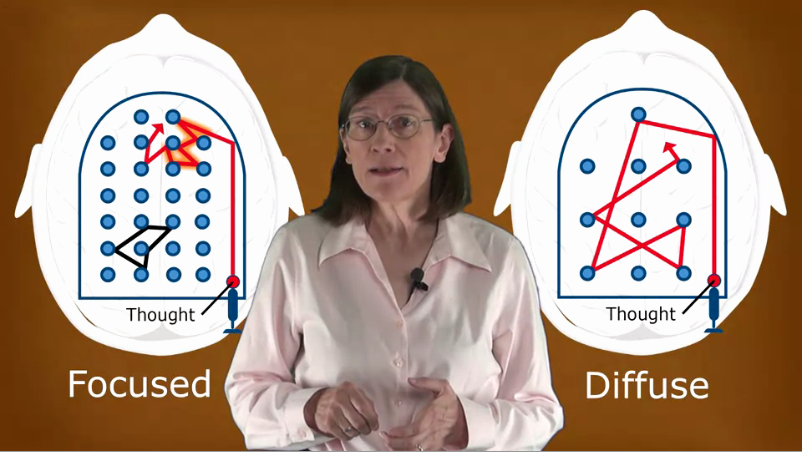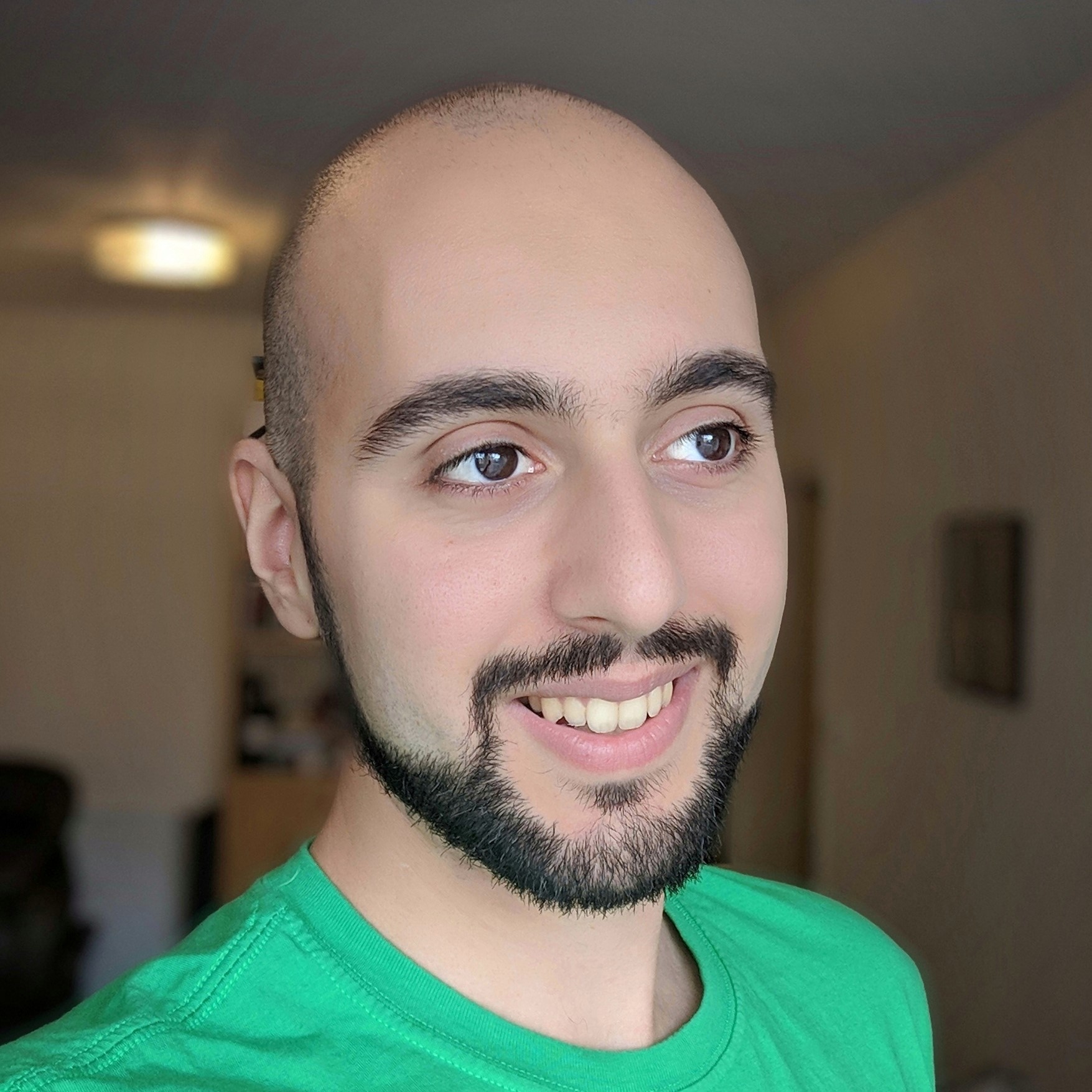This is the first in a five part series centered around the Learning How To Learn course, available as a free MOOC on Coursera. I’ve always been interested in how to optimise the learning process; the Data Science profession is built on very quickly shifting sands, so staying up to date with the latest advancements in the field is highly important for any professional working in the space. There will be four posts (synthesizing the learning from each week of the course), along with a final shorter post that reviews the course as a whole.
I first saw recommendations for the course on Hacker News; the timing was serendipitous as it fell in with a particularly quiet period at work, during the 2019 UK General Election. Purdah rules come into effect, which has two effects:
- Publication of work is forbidden as it may influence the election outcome. Thus, many analytical products become “frozen in time”.
- The ensuing uncertainty after an election period can completely shake up the large projects going on at a department.
Thus, Civil Servants often use the time to catch up on their professional development, reach out to other departments, and start new schemes. I elected to use some of the time to complete the Learning How To Learn course, amongst other more technically-focused learning activities.
These notes were generated from notes written by hand during the course. They are not purely notes from the course - there are some additional notes / connections I’ve made based on my own experiences and other readings in relevant subject areas. They’re not too touched up, so forgive any stylistic shifts or typos!
Course Authors:
- Dr Barbara Oakley
- Dr Terrence Sejnowski
Focused & Diffused Learning
-
The course is accompanied by A Mind for Numbers, by Dr Barbara Oakley
-
Core to the course is the idea of two modes of Learning:
- Focused Mode (attention on one thing, intentional, neurons firing in close proximity)
- Diffuse Mode (unfocused learning mode, unintentional, strenghtening of neurons spread out over a wider area, connections made with existing neural connections)
-
Going back and forth between these two modes is what enables us to learn; both are vital for the process. Growing Neurons and connecting/strengthening them is key to the learning process.
-
Focused Mode is best for learning new things that are complex.
-
Diffuse Mode is best for drawing connections between ideas and concepts based on a neural pathway you’ve already developed by learning in Focused Mode.
-
It’s vital to allow for enough time for learning new things, especially if the subject matter is difficult, because learning things too quickly (cramming) causes a jumble of learned information that can’t be effectively sorted through when called upon organically (although, from experience, it can be good for rote memorisation of methods). Crammed information can’t be effectively called upon in domain-invariant ways, which leads to inability to generalise learning experiences from one application to another.
-
This learning schism (marathon vs sprint) can be likened to muscle development; it takes a lot of time and continuous progressive strain to build muscle mass efficiently and sustainably. The brain happens to work in the same way, it’s just less intuitive because muscle is tangible, learning is not.

The above screenshot shows the difference between neuron interactions in Focused and Diffused Mode. Focused Mode clusters neurons close together, like a pinball machine with innumerable close-knit bumpers, so trains of thought activate multiple “bumpers” in close proximity. Diffused mode spaces neurons out further apart from one another; trains of thought bounce across wide areas in the brain, connecting neurons in different areas together.
Procrastination, Memory & Sleep
- The author hated Maths & Science as a child, but this was changed as she got older.
- Key to this was her tendency to always procrastinate with anything Maths related. The procrastination process is started when people have a task that’s making them anxious/unhappy lingering over them. When this happens, the brain tries to rectify the problem by shifting focus and distracting the person to something easy, like browsing Twitter/Reddit. Junk Food for the brain.
- The Pomodoro Method (25 minutes focused / 5 minutes rest) helps break the brain out of this cycle because of the small chunks of focused learning, which happens to be around the amount of time in which we can remain completely in Focused Mode without performance loss. Then, the 5 minute chunk allows the Diffuse Mode to take over and solidify the learned material.
Memory
- There are two types of Memory:
- Long Term Memory (like a warehouse, sometimes slow to search, less specific, but absolutely massive)
- Working Memory (approximately 4 chunks of information can be cotained within it, like a blackboard with limited space & disappearing chalk).
- To get information from working to long term memory, repetition is required over time.
- This is how Spaced Repetition works; it’s the most efficient way to move chunks of information from working to long term memory.
- Trying to cram information without leaving adequate time / diffusion mode learning is a bit like trying to lay bricks before the mortar is dry - the information will end up cluttered, messy, and fragile.
Sleep
- Sleep is vital for learning because it clears out blockers for learning in the form of melatonin/cortisol imbalances in the brain. It also acts a session during which the brain can sort through its Working/Short Term memory cache and clear out unnecessary information. It replays practiced material through the mind, strengthening the most important neuronal connections, while clipping unnecessary ones. These different processes happen during different stages of sleep (see Why We Sleep by Dr Matthew Walker, very interesting book if a bit prone to overlabouring the point).
Interview with Dr Terrence Sejnowski
Terrence is one of the world’s leading Neuroscientists. Here are some tips from him regarding his learning process.
- Boring stuff will always be boring, but you should be concerned if the subject matter is interesting but you’re not engaging. If it’s a problem with the delivery, you can ask a question and it will help refocus things.
- Physical Activity is the most optimal Diffuse Learning Mode activator, because it causes the brain to grow new neurons and increases their connectivity.
- Multitasking isn’t actually doing two things at once, it’s almost impossible to do things truly in tandem. Our brains are serial processor machines. Multitasking is more about one’s ability to switch contexts, and when in a busy, distractive environment it’s an important skill to work on.
- Neurons in the brain’s cortex are there from birth, but neurons in the Hippocampus, the part of the brain responsible for learning and memory, are constantly regenerating. The connectivity of new neurons is influenced by the environment the person is in; stimulating environments (in terms of being around other people, interesting places, etc) can increase neural connectivity by a factor of 2.
- This is why Creative Thinking happens more effectively in the presence of others. Interacting with others by bouncing ideas around, challenging one another, etc, increases the brain’s ability to think creatively on a neurophysical level.
- Persistence and Passion are more sustainable than raw talent when it comes to learning things. Learning areas should be picked based on those factors.

Twitter
Google+
Facebook
Reddit
LinkedIn
StumbleUpon
Pinterest
Email